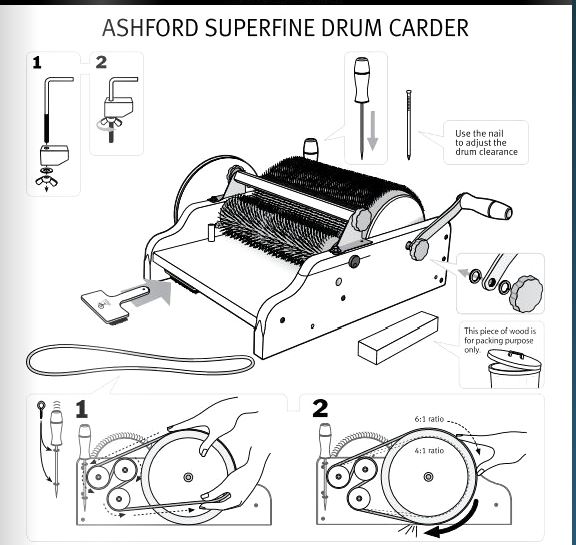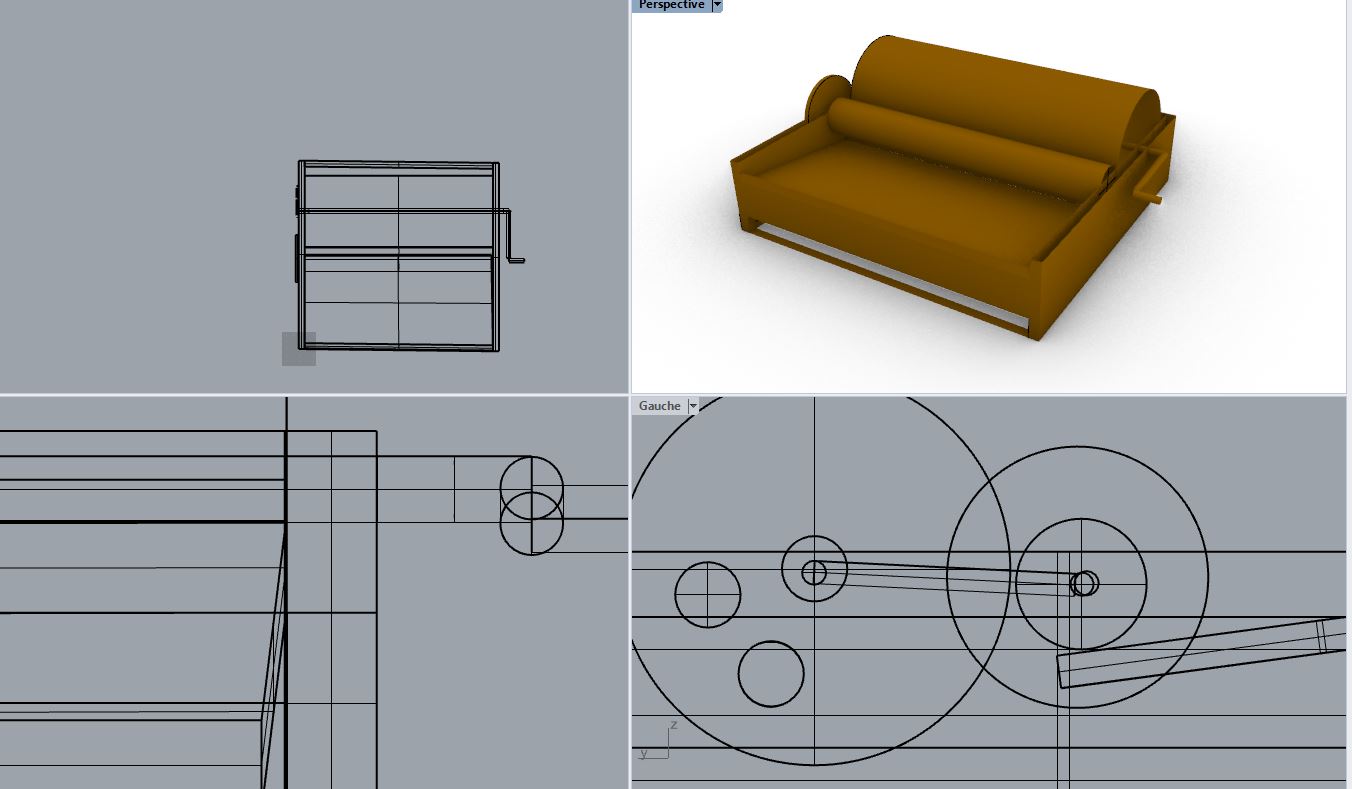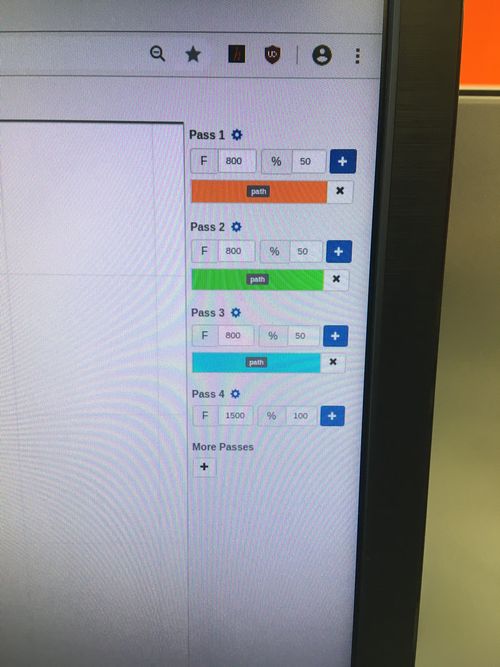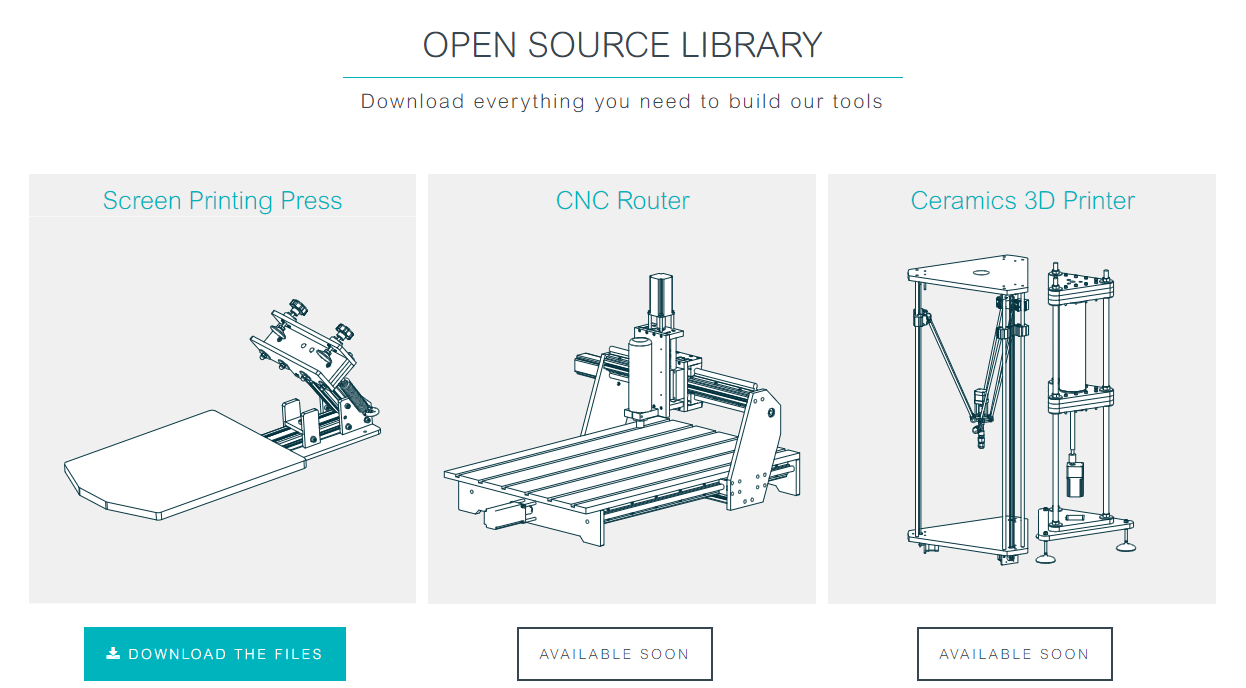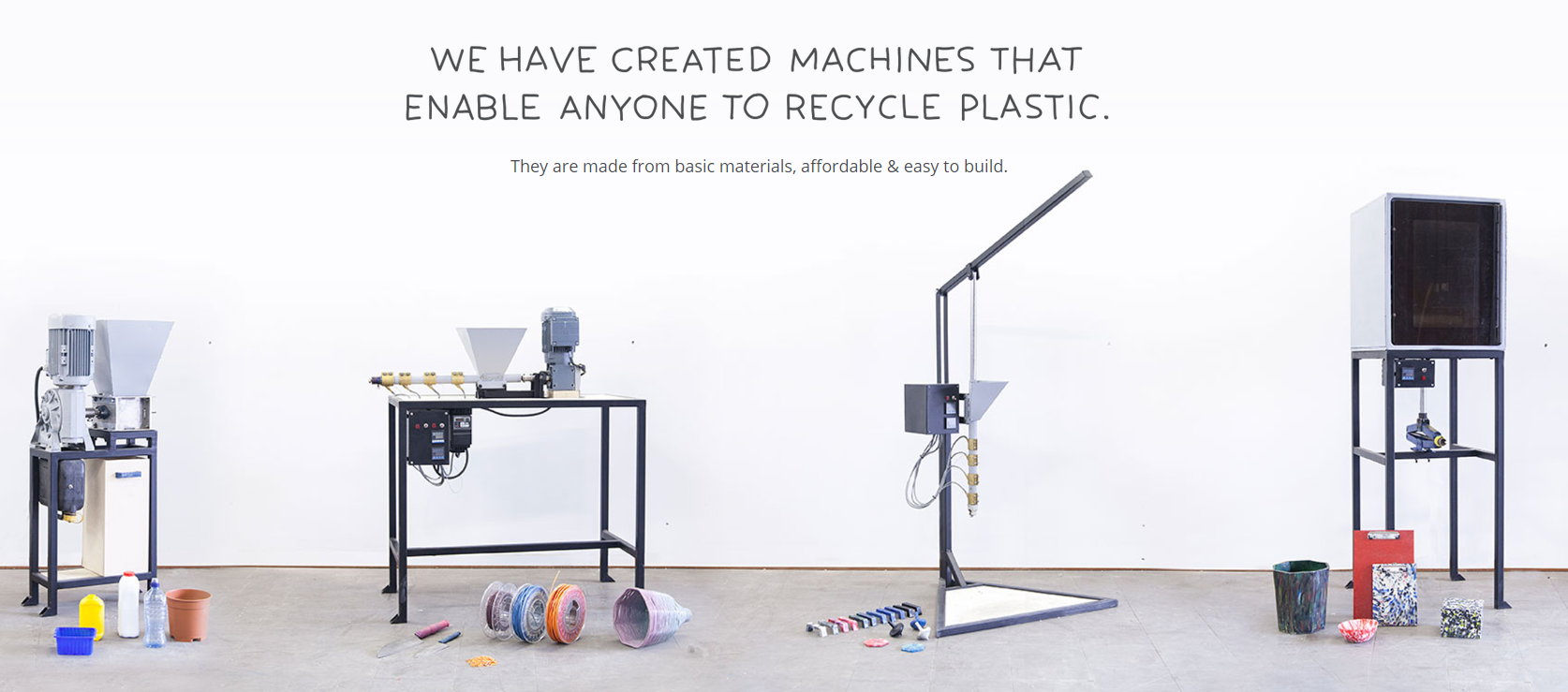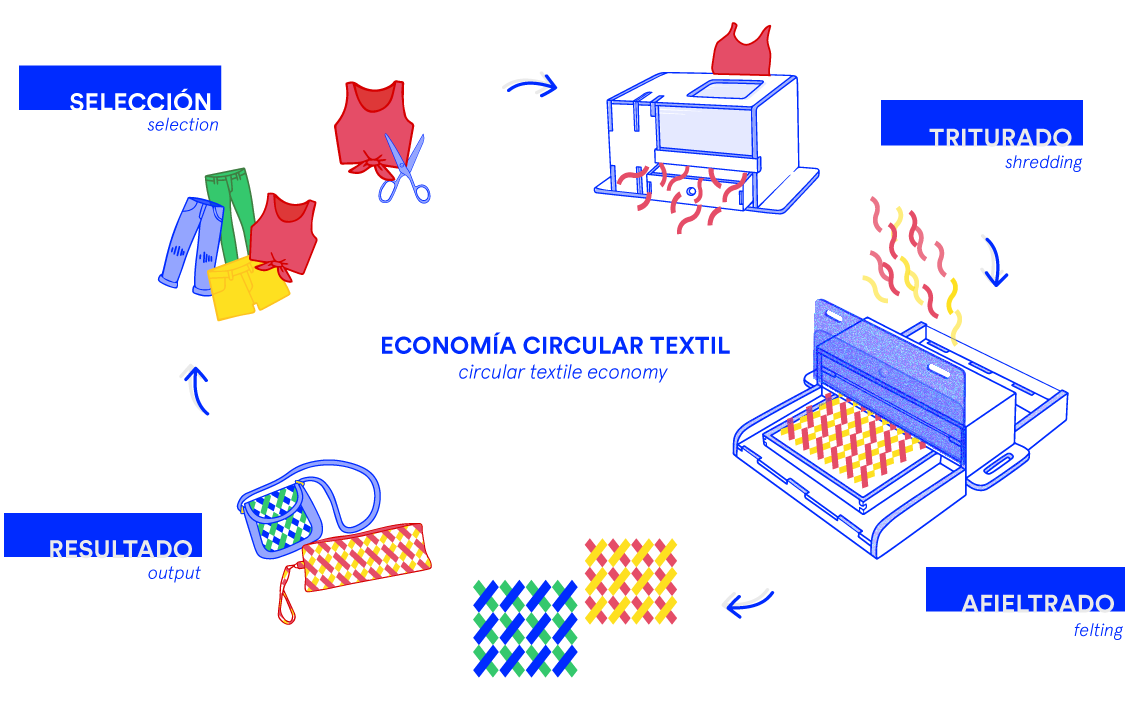7. Open Source hardware: from fibers to fabric¶
Research¶
I would love to find out how to turn old clothes into new yarn.
I was thinking about a project to shred recycled clothes, turn them into fibers and then spin it in order to be able to knit them.
The first step is to shred the old clothes. After that the following step is to card fiber.
A drum carder would be useful for this step. The drum carder is used to open the fibres and line up each individual fiber in the same direction. The fibers are then ready to be spun.
I didn't find any open source drum carder so it could be nice to try to build one. The only problem is that it seems hard to find carding clothes.
I found this instructions that could help me building the plans.
I started modelling the drum carder on Rhino, but as I didn't find any carding clothes available at reasonable price I decided to go for another project.
Mini Loom¶
I found the open source mini loom, an open source weaving project made by Interlace very interesting because it's a very simple one and it's possible to use waste fabrics and to turn them into accessories.
The project is open source under creative common licence attribution 4.0 international (CC by 4.0), which means that everybody is free to share and adapt the design, even commercially, but should give the appropriate credit, provide a link to the license and indicate changes. Creative Commons is a nonprofit organizaation dedicated to building a globally-accessible public commons of knowledge and culture.
The licence can be find on the instructables page on the top left of the mini loom frame page.
It's an accessory that can be used by the children and can be easily transported.
Resources for the loom : - 3mm MDF
Resources for weaving : - old fabrics turned into threads - needle
To make the mini loom I downloaded the open source SVG file Then downloaded the file on the laser cutter interface and change the parameter to cut the MDF. I used the following parameters : speed 1000 and power 60% and use the new lasersaur laser cutter at the ULB Fablab.
The mini loom can directly be used, I followed the following video to learn how to use it.
First, I put the cotton thread
With the mini loom I've made my first weaving, I follow the video instructions and it was pretty simple.
LCS atelier is a project using old fabrics fibers and turn them into nice accessories.

Embroidery machine open source software¶
The ULB Fablab has a sewing and embroidery machine, a Brother F440.
To be able to embroider two possibilities : - Using the embroidery machine library - Using a software to model embroidery design
For the Brother embroidery machines the software is PES design and cost almost 700$. The files need to have a .pes format in order to work with the Brothers machine.
In order to be able to use my own model of embroidery, with an open source software, I found that using the software Inkscape (an open source drawing software) it was possible to make .pes files.
These are the steps to install the software :
- Install Inkscape
- Download the extension Inkstitch
- Open the Inkscape software
- Click on Edition -> Preferences -> Systeme -> Extensions utilisateurs.
- Copy paste the Inkstitch extension file at this place.
- Unzip the extension file
- Re-open Inkscape
- Click on extensions -> Inkstitch -> Installer des extensions pour Inkscape
- It's done
Now Inkstich is working on Inkscape and it is possible to draw and design embroidery files.
- Draw your design with the inkscape tools.
- Then click on Chemin -> Objets en chemins.
- Click on extension -> Inkscape -> Broder
- Choose the file extension, for the Brother machine .pes
- Then click on'Appliquer'
- The .pes file is on your folder
- Put the file on the USB stick and plug it into the Brother embroidery machine
How to use the Brother F440 with .pes file :
- Start the Embroidery machine
- Put the thread
- Click on the screen
- Select embroidery
- Plug the USB stick
- Select USB source
- Click on your file
- Place the drawing at the correct place
- Click on start
Inspiration¶
I found some very nice projects about open source hardware and this week I really had trouble to find out what to work on.
Mekanika¶
It's a Brussels based project called Mekanica. It's an open source tool library with access with all the files to build tools.
For the moment the only tool available is a screen printing press that I want to try.
Precious plastic¶
Precious plastic create tools to make it easier to recycling plastic. They is a lot of open source tools like a shredder, extruder, injecter and compression machine. All this tools can be use to recycle plastics and make new objects.
Filt¶
I was very impressed with the Filt project. They reuse old clothes, shred them to get new fibers and then felt them with 2 open sources tools. Unfortunatly the open source tools are not yet available.
